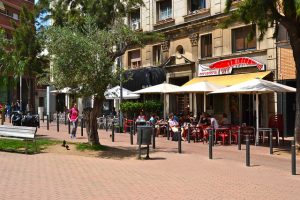


Photo by Oh-Barcelona.com via Visualhunt
Horta-Guinardó is one of Barcelona‘s 10 districts. Located in its north-eastern corner of the city, it is named after two areas that together have an extension of almost 12 km². It is made up of 11 different neighborhoods, including Horta, El Guinardó and El Baix Guinardó.
Annexed to Barcelona in 1904, this district is still somewhat of a hidden gem, since its distance from the city center keeps it relatively obscure to the eyes of tourists. Due to this, while its neighborhoods have been reasonably modernized over the years, they all still retain special qualities and traditions that make them unique, carrying with them the timeless culture of the city and its people.
So, if you’re visiting Barcelona soon but want to explore a little deeper than the average tourist, a visit to Horta-Guinardó is highly recommended. ShBarcelona is here to guide you through it.
Table of Contents
Calle Aiguafreda



Photo by SantiMB.Photos via Visualhunt
A street with only around 30 houses, built for the working classes in the beginning of the 20th century, Aiguafreda (literally “cold water” in English) seems to be immune to the passing of time. Because this area was rich in underground waters, with many streams and wells, and since running water wasn’t yet widespread in the beginning of the century, Aiguafreda became famous as the place where washerwomen used to take care of the upper classes’ laundry.
Nowadays, walking down the streets, you’ll still find the old wells in which the local women worked to earn some extra money for their families. Full of history and tradition, this is one of the most unique streets in all of Barcelona.
Related article: The most famous streets, boulevards and avenues in Barcelona
Plaza Bacardí
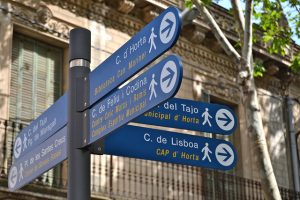


Photo by Oh-Barcelona.com via Visualhunt
One of the city’s main nerve centers along with Plaza Ibiza, Plaza Barcadí is where you can find the locals drinking vermouth and eating tapas, families playing with their children and young people relaxing during the weekends. While it might remind you of a very popular alcoholic drink, this square was actually named after politician Alejandro Bacardí, the major driving force behind the development of the area in the 1870s, when it’s population was still pretty low – the grounds where the plaza is located actually used to be his private property.
Sitting between the Sant Alexandre and Santa Amália streets, which were named like that after Bacardí and his wife, this traditional plaza still preserves today the spirit and essence of the old municipality of Horta. While it offers plenty of modern bars and restaurants for you to enjoy, these are installed in old (but requalified) houses and towers erected long ago, effortlessly mixing current comforts and lifestyles with the place’s own history and traditions.
Related article: My favourite plazas in El Raval
Calle Campoamor
Perhaps the most impressive street in the district of Horta-Guinardó, Calle Campoamor used to be one of the preferred summer vacation destinations amongst the Barcelona elites, which led to the construction of many luxurious houses and towers. In 1870, the yellow fever epidemic that struck the capital of Catalonia caused most of those wealthy families to move there definitively. This not only contributed to the beauty and charm it still displays today, it also makes it an important piece of the district’s history and growth – so you definitely shouldn’t miss it if you’re ever visiting the area.
Will you visit the district of Horta-Guinardó soon? Make sure to let us know all about it using the comment box below. Have fun discovering Barcelona!
Looking for a flat to rent during your stay in Barcelona? ShBarcelona is the answer.












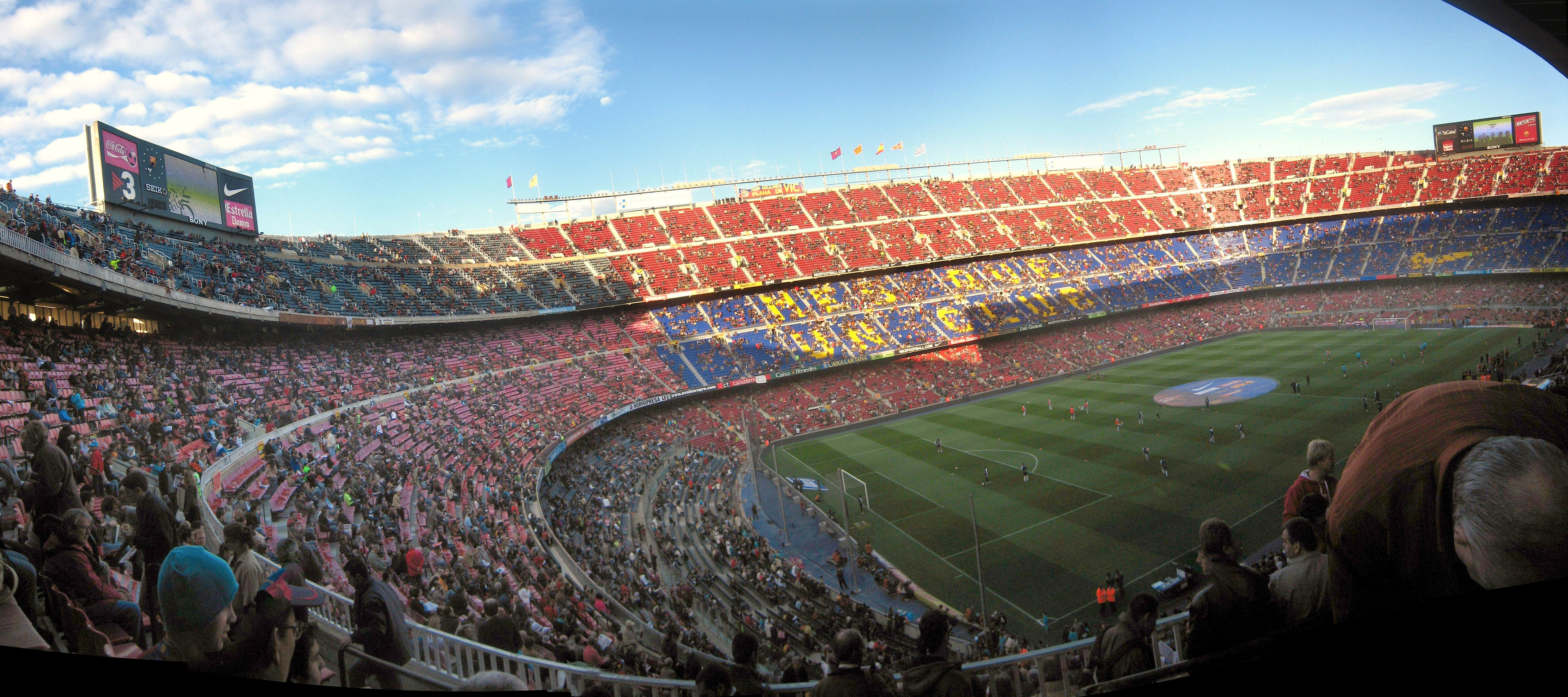
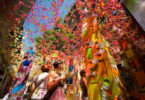

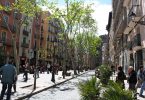

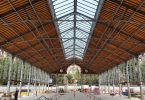

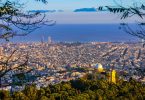

Leave a Comment